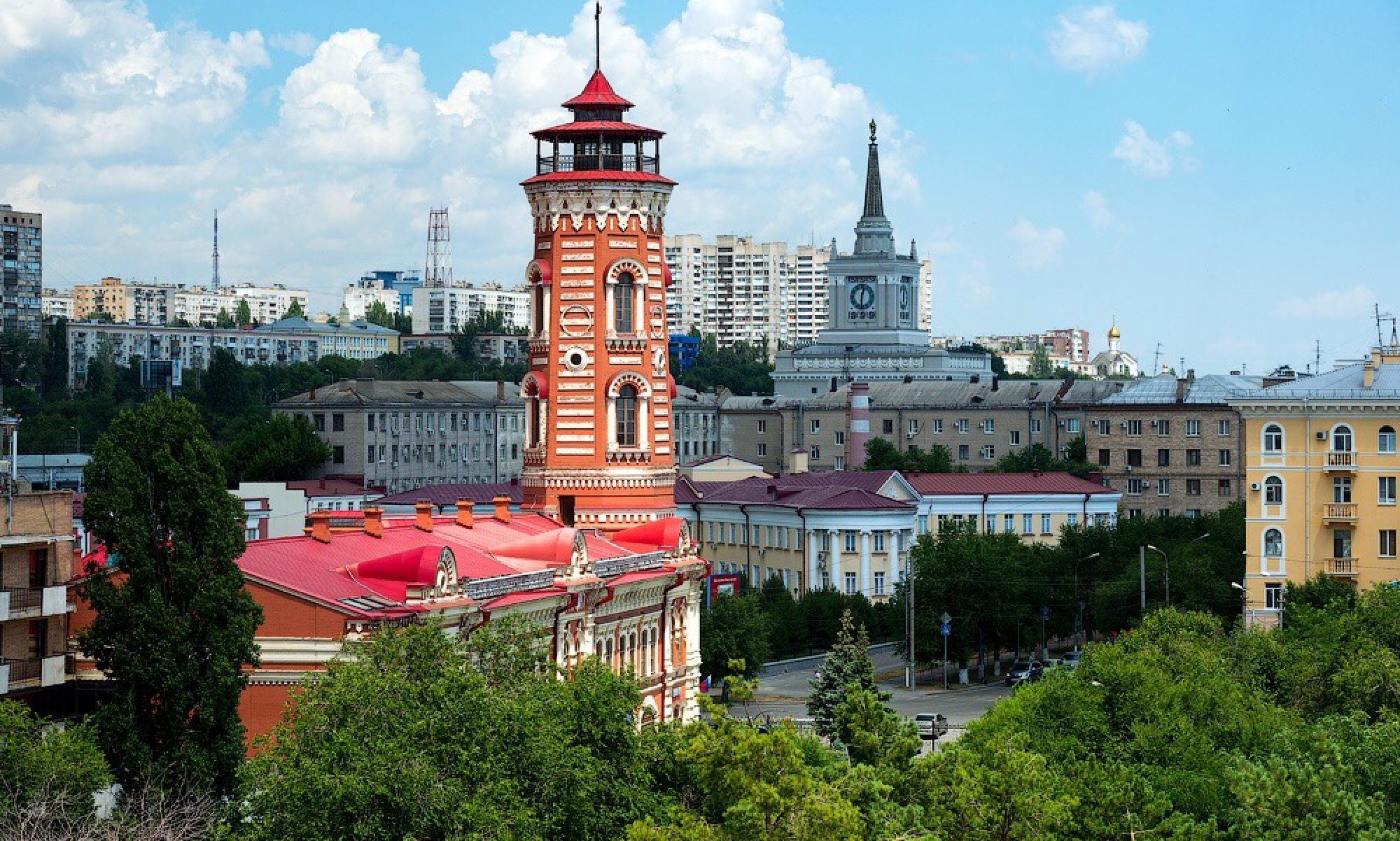Welcome to Volgograd – the administrative center of Volgograd Oblast and an important industrial city of the south of Russia. It is situated on the western bank of the Volga River, after which the city was named, and stretches along the river from north to south for almost 80 kilometers (50 mi). Population: 1,021,215 (2010).
Founded by prince Grigori Zasekin at the confluence of the Tsaritsa and Volga Rivers as fortress of Tsaritsyn in 1589 it was later twice renamed in the 20th century: Stalingrad after Joseph Stalin on April 10, 1925, and in 1961 after Stalin’s death the city got its present name of Volgograd (the City on the Volga).
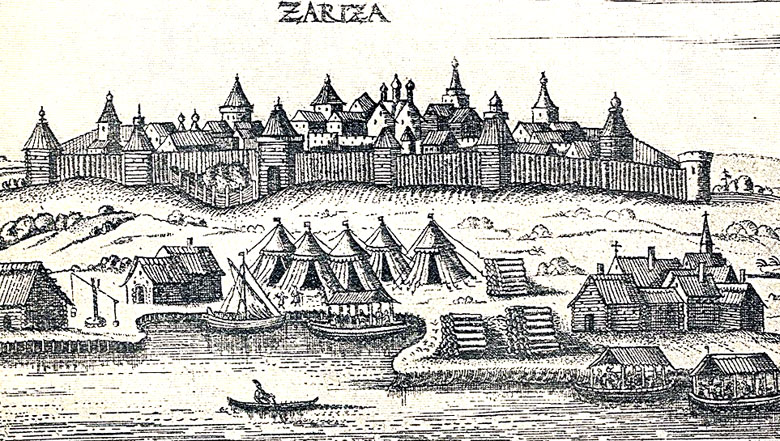
Since early days the city has always been one of the most important strategic, transport and industrial centers of South Russia. The area owes its economic growth at the end of the 19th century to the development of the railway junction between the Caucasian oil production centres and industrialized European part of Russia. The construction of oil refineries, steelmaking and shipbuilding plants pushed Tsarytsyn’s infrastructure and social development. By 1913, the Tsaritsyn regional centre had 137 000 residents and outran many provincial cities by this index. This was the period of significant growth in residential and industrial construction, as well as rapid evolution of public entertainment facilities, hospitals, schools and hotels.

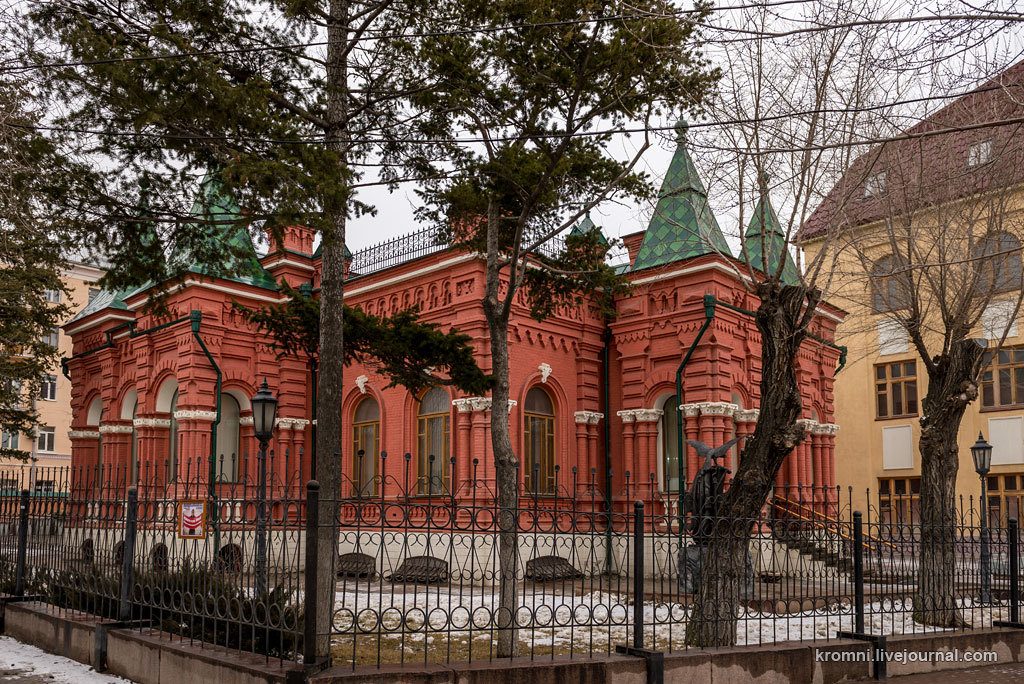
Modern Volgograd hosts various industries including shipbuilding, oil refining, steel and aluminum production, manufacture of machinery and vehicles, and chemical production. Volgograd Hydroelectric Power Station – the largest hydroelectric station in Europe is a short distance to the north of Volgograd.
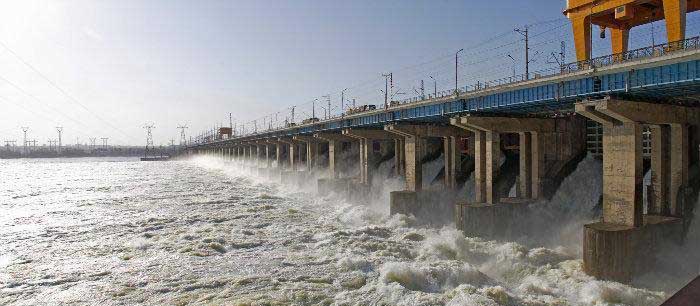
Volgograd is a major railway hub served by the Privolzhskaya Railway. It stands at the east end of the Volga–Don Canal, opened in 1952 to link the two great rivers of Southern Russia. So literally Volgograd is a ‘port of the five seas’. The Volgograd International Airport provides air links to major Russian cities as well as some foreign countries.
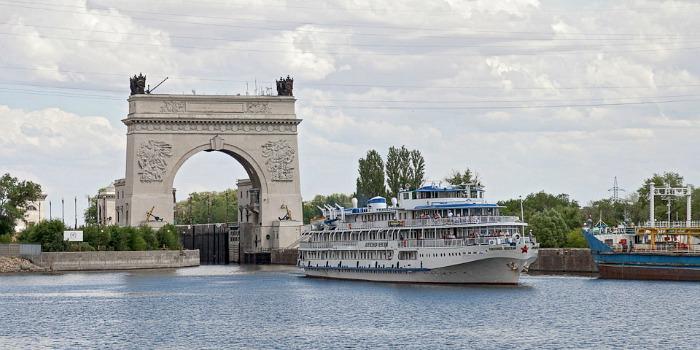
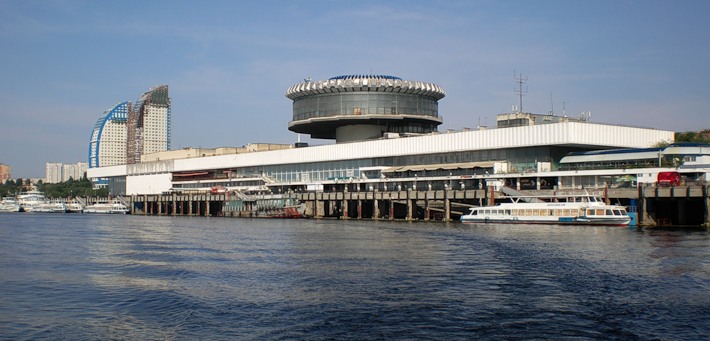
The city became famous worldwide for its resistance during the beginning of the Battle of Stalingrad in 1942, followed by the surrounding and the capitulation of the German 6th Army (Wehrmacht) during World War II on February 2, 1943. It is often regarded as the largest and bloodiest battle in the history of warfare. That is why the city has a great number of monuments and attractions dedicated to the days of the great battle, it is the newest history of the city that determines its tourist image and attracts fans and experts in military history in the high season.
However, more than four hundred years of history of Volgograd left its imprint on its historical, architectural and cultural image, there are a lot of monuments relating to different epochs in the city, which will not leave indifferent tourists of all ages and interests, and a unique combination of landscape and climatic conditions form on the territory of the region several natural parks, where everyone can have an pleasant time in the open air!
The layout of Volgograd at least of its historical center is very simple with its avenues running from north to south parallel to the river and streets running from east to west perpendicular to the river which makes it very difficult to lose one’s way in the city. Informally the city is divided by the Tsaritsa river gully into two parts: the Northern and the Southern ones.
The historical downtown of the city and most of main tourist attractions, including worldwide famous the Mamaev Kurgan memorial are located in the Northern districts of the city, though its Southern Districts are rich in historic sites, museums and other places of interest so do not miss the opportunity of visiting and admiring them!
Normally tourist season in Volgograd starts in April and lasts till the very beginning of November, Volgograd summer is known for its heat and bright sun, and sometimes summer temperatures in July and August reach 40 degrees Celsius with seldom rains, so have in stock hats and UV protection. And do not forget to bring your swimming suits with you – do not miss your chance to enjoy swimming in the Volga and sunbathing on our beaches.
And if you want to visit Volgograd in the winter, to meet the New Year or for Christmas, or take part in the annual celebration of victory under Stalingrad on February 2, keep in mind that winters in our region are very cold, so take your warm clothes with you!
Make sure you need (need not) to obtain a visa to come to Russia and certainly Volgograd.
So, order now, come to Volgograd, and let’s explore the city and its environs together, I am sure I know how to turn your trip into an unforgettable experience!
